Table of Contents
Unearthed Treasures Awaiting Care or Preserving your finds
Finding a hidden artifact or relic is only half the journey in metal detecting. The next step involves careful cleaning and preservation of your treasures to keep them in the best possible condition.
Identifying Your Finds: The First Step
Before diving into cleaning, it’s crucial to identify the material of your find. Different materials require different cleaning techniques, so a proper identification will guide your next steps.
Cleaning Coins: Gentle Care for Valuable Finds
Coins are common finds in metal detecting. To clean coins, soak them in soapy water before gently brushing with a soft toothbrush. Remember, antique or rare coins should always be evaluated by a professional before cleaning.
Relics and Artifacts: Patience is Key
Metal relics and artifacts can be particularly delicate. Soaking them in olive oil for several days or even weeks can help loosen dirt and corrosion without damaging the artifact.
Jewelry and Precious Metals: A Shining Approach
Gold and silver jewelry require specific cleaning techniques to maintain their shine. A gentle scrub with a soft toothbrush and mild dish soap usually does the trick. For more stubborn dirt, consider using a jewelry cleaning solution.
Preserving Your Finds: Storage and Display
After cleaning, proper storage is essential to preserve your finds. Acid-free materials are best for storage, as they prevent damage over time. Display cases or shadow boxes can showcase your finds while keeping them safe.
The Ethics of Cleaning: When to Leave it Alone
Sometimes, it’s best to leave your finds as they are. Antique items, especially those with historical significance, may lose their value and charm if cleaned improperly. When in doubt, seek professional advice.
Respecting the Patina of Time
As a metal detectorist, you will often come face-to-face with a critical dilemma: To clean or not to clean. This question is not just about aesthetics or preservation techniques; it also has profound ethical implications.
Understanding Patina
Patina is the green or brown film on the surface of metals such as bronze or copper, produced by oxidation over long periods. Some other metal artifacts develop a certain type of surface wear or even encrustations that give them a unique character. The aged look of these items, their patina, is a testament to their historical journey.
When an artifact is cleaned excessively or incorrectly, it may lose this patina. In doing so, the object could lose some of its historical value and appeal. It might also become harder to determine its age and original context.
Considering the Artifact’s Significance
When deciding whether to clean an artifact, consider its historical, cultural, and archaeological significance. Items of significant value—either monetarily or historically—should ideally be left to the experts for cleaning. This approach is especially crucial for items that could be museum-worthy or potentially crucial to understanding a particular historical period or event.
Respecting Laws and Guidelines
In some cases, laws and regulations govern the handling and cleaning of certain artifacts. For instance, if an artifact is deemed historically significant or if it’s discovered on protected lands, there may be specific rules about how—or if—it can be cleaned. Violating these regulations could lead to serious legal consequences and is considered unethical.
Professional Assessment
When in doubt, it’s best to seek a professional assessment. Museum curators, conservators, and archaeological experts can provide invaluable advice about whether an object should be cleaned and, if so, the most appropriate methods to use. Remember, some cleaning processes are irreversible, and mistakes can lead to permanent damage.
An Ethical Stance
As an enthusiast, it is your responsibility to take an ethical stance when it comes to cleaning and preserving your finds. After all, every artifact you unearth is a piece of history, and preserving it allows future generations to share in the thrill of discovery. Always remember, sometimes the greatest respect we can show to our finds is to leave them just as they are, bearing the marks of their journey through time.
In the end, the ethics of cleaning metal detecting finds centers on a commitment to preserving history and cultural heritage. It’s a delicate balance of showcasing the find’s beauty and maintaining its integrity as a historical artifact.
Conclusion: Preserving Memories and History
Cleaning and preserving your metal detecting finds not only protects these items but also the stories they carry. With careful cleaning and thoughtful preservation, your treasures can continue to tell their stories for years to come.
References:
- “How to Clean Your Metal Detecting Finds” Kellyco
- “Preserving Your Finds” MetalDetector.com
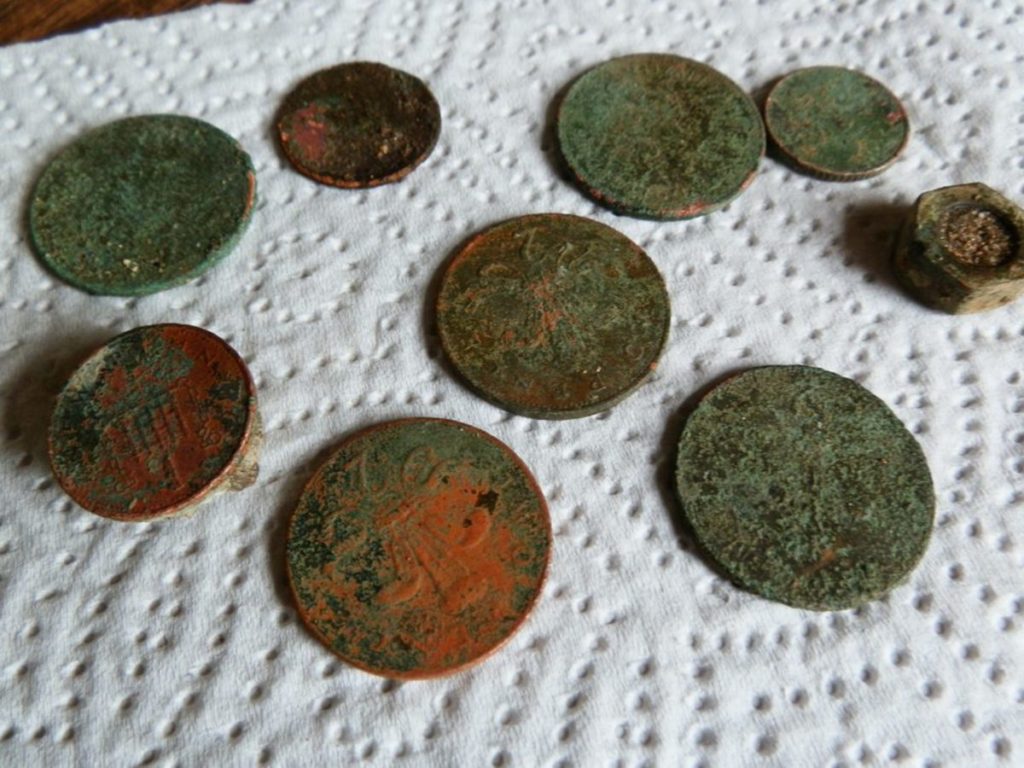

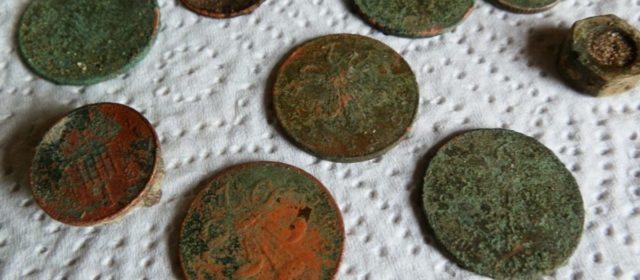

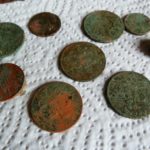
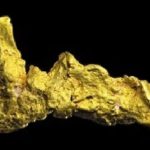

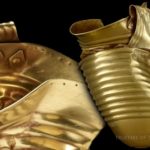
Recent Comments